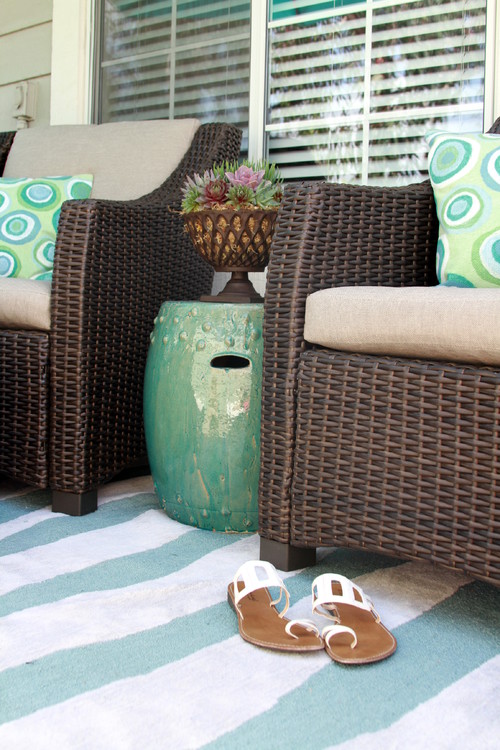The difference between building an investment property and a dream home is stark; one is all about the bottom line and the other is closer to the heart.
So when it comes to building or renovating a property with the goal of renting it out, investors need to be aware of the distinction.
Melbourne-based buyer’s advocate and qualified property investment advisor, Cate Bakos, explains what to keep in mind when a property will be rented.
First, consider the “target tenants”, she says. “Making sure the property will appeal to the demographic of the area is critical. There is little point in creating a floor plan or finish that will be hard to rent out,” Bakos says.

Consider your target tenants when building an investment property. Picture: Golden Age Group
“Understanding which housing features have strongest demand and particularly those which are more scarce, but sought-after in the area, is clever,” she adds.
The number of bedrooms matters, but more isn’t automatically better. “Maximising rent (with more bedrooms) is great, but maximising the quality of the tenant and maximising the tenure is important too,” Bakos says.
“More than three bedrooms often equates to larger families, and with larger families comes more wear and tear, so taking into account the ongoing maintenance of such a property is important too,” she says.
Style-wise, don’t assume a neutral palette is always best, Bakos says.
“Neutral doesn’t necessarily attract the right tenant. Being familiar with the character of a suburb can help with personality-matching the property with a tenant who could be the perfect long-term tenant,” she says.

This industrial-style living room with exposed brick would appeal to inner-city suburbs. Picture: realestate.com.au/buy
In an area that commands high-end finishes and quality interiors, skimping on build costs can ultimately be costly, Bakos explains.
“Likewise, over specifying finishes in more ‘affordable’ areas can lead to disappointment when the market can’t meet the asking price,” she says.
Investors need to be prepared to overhaul cosmetic features every 10 to 15 years, to keep the property as “on-trend” as possible, Bakos says.
“A tired or dated property can work against an investor when the property is competing against newer, shinier options.
“Commanding the highest rental is contingent on providing a property that a local tenant would choose to rent, as opposed just afford to rent,” Bakos says.

Keep your investment property on trend in style. Picture: realestate.com.au/buy
The biggest rookie mistakes Bakos sees with people building investment properties relate in some way to poor planning.
“The first is people building their own ‘dream home’ to their own tastes, despite it being an investment property or building in their own familiar surrounds without consideration of what the target tenant market commands,” she says.
The second is “over specifying” and over capitalising, resulting in lower rental returns.
Believing that building is always cheaper is another rookie mistake, Bakos says.
“Going into a construction project requires due diligence and a good line of conversation with local planners, or better yet, a specialist planner, draftsman, or architect to help with the planning phase,” Bakos says.
The financial side can also trip people up. “Some people misunderstand that the rate of depreciation can often override the rate of appreciation in the early years of ownership. This can lead to a negative growth position in the first few years in some cases,” Bakos says.




